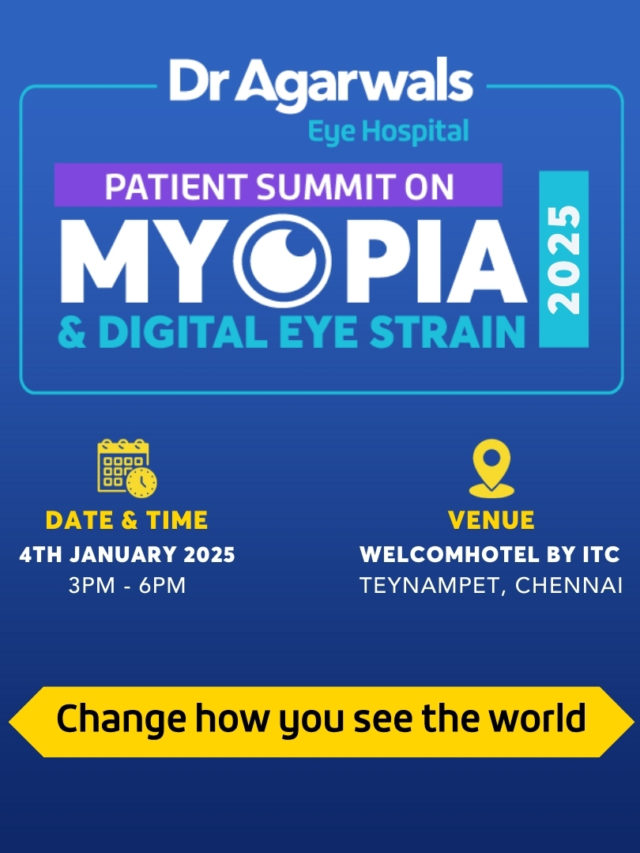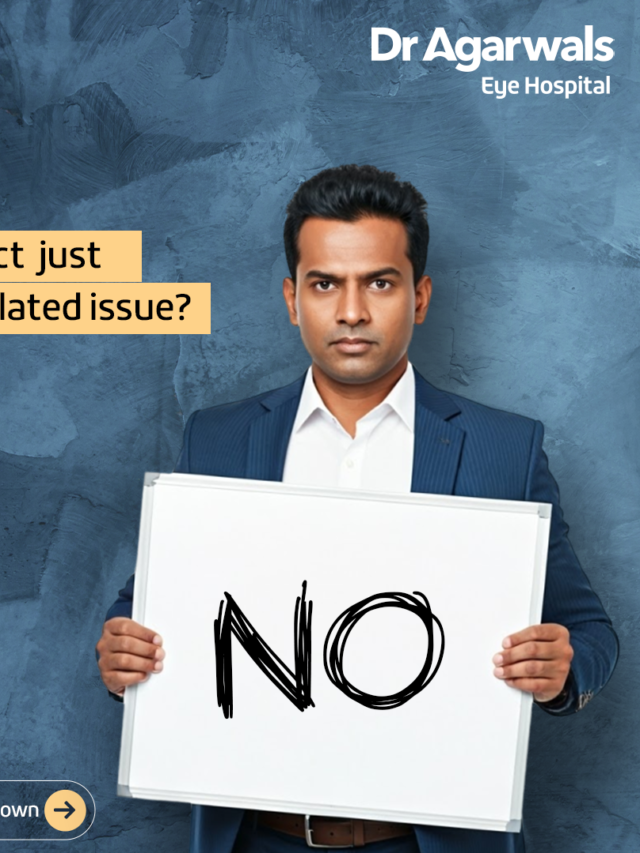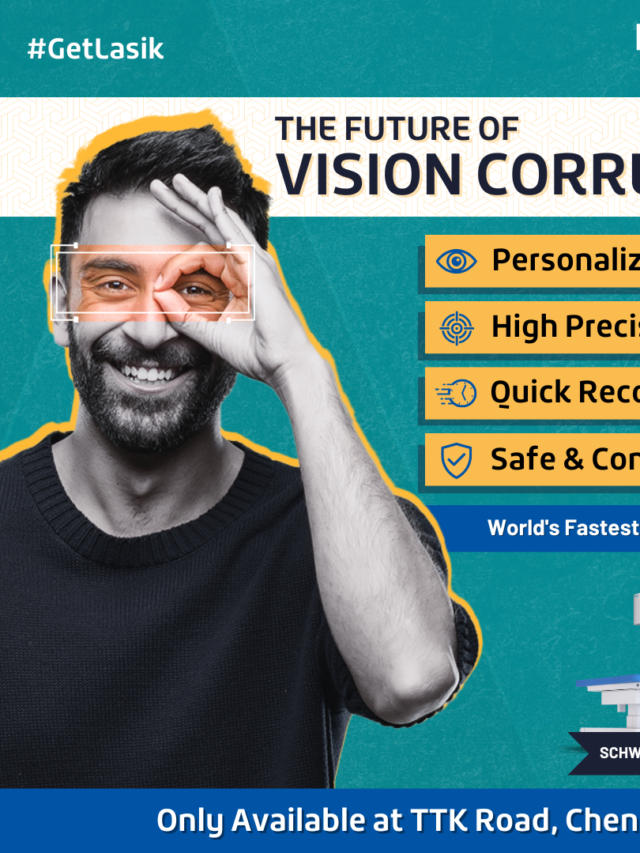Introduction: Why Progressive Lenses Matter for Clear Vision
As people age, the eye’s natural lens loses flexibility, leading to presbyopia, where focusing on close-up tasks like reading becomes difficult. Progressive lenses solve this by combining distance, intermediate, and near correction in a single lens.
Unlike bifocals or trifocals, progressives have no visible lines, offering a smooth, natural transition between vision zones. These multifocal lenses eliminate the need for multiple pairs of glasses and provide clear vision for all daily activities. Understanding how progressive lenses improve vision helps individuals make informed choices about their eye care.

Understanding Progressive Lenses: Definition & How They Work
What Are Progressive Lenses?
Progressive lenses are multifocal lenses that correct vision across several distances. The power gradually increases from the top (for distance) to the bottom (for near vision).
Unlike bifocals or trifocals, they have no visible segment lines, offering a continuous lens surface. These are also called progressive addition lenses (PALs) or varifocals, and they’re often referred to as no-line bifocals.
How Progressive Lenses Work
The lens is divided into three vision zones:
- The top for distance activities like driving
- The middle for intermediate vision such as computer use
- The bottom for close-up tasks like reading
The gradual power transition ensures a clear focus at all ranges without abrupt image jumps. This smooth progression allows natural movement between distance, intermediate, and near zones, enhancing comfort and clarity.
Progressive Lenses vs Bifocals & Trifocals
When comparing progressive vs bifocal lenses, bifocals have two distinct sections divided by a visible line, while trifocals add a third for intermediate vision. Progressive lenses eliminate these lines, offering a seamless appearance.
The difference between bifocal and progressive designs lies in their transition. Progressives avoid the “image jump” typical of traditional lenses.
In short, what is the difference between progressive and bifocal lenses? Progressives offer smooth transitions and improved visual comfort across all distances.
Who Should Consider Progressive Lenses?
Ideal Candidates
Adults over 40 with presbyopia are the main candidates for progressive lenses. They’re also suitable for people who need correction for myopia, hyperopia, or astigmatism and want an all-in-one solution.
Even younger individuals may use multifocal lenses to manage myopia progression. If you find yourself holding reading materials farther away or switching between different glasses, progressives can simplify your daily vision needs.
Lifestyle & Vision Needs
Progressive lenses are ideal for individuals with varied visual tasks, such as reading, working on screens, and driving. They’re especially beneficial for those who prefer one pair of glasses for every activity and a line-free appearance.
Whether for work, home, or outdoor use, these lenses fit modern lifestyles. Choosing progressive lenses for presbyopia provides versatility and visual comfort throughout the day.
Types of Progressive Lenses & When to Use Them
Standard, Premium & Custom Designs
- Standard progressive lenses: Affordable, but rely on general optical zones, suitable for larger frames.
- Premium progressive lenses: Offer wider, smoother visual fields and fewer distortions.
- Custom (free-form) progressive lenses: Precisely tailored using digital measurements to match individual eye movement and frame style.
Each option differs in performance, comfort, and price. Understanding standard vs premium progressive lenses and custom progressive lenses helps in selecting the best fit for lifestyle and budget.
Specialty Progressive Lenses
Several special designs cater to specific visual needs:
- Computer progressive lenses (office lenses): Wider intermediate zone for screen work.
- Short corridor progressives: Designed for smaller frames.
- Ground view progressive lenses: Useful for outdoor activities like golf.
- Transition progressive lenses: Automatically darken in sunlight.
- Progressive sunglasses: Offer UV protection while maintaining multi-distance vision outdoors.
These variants make progressive lenses adaptable to various environments and lifestyles.
Factors to Consider When Choosing
Choosing the right progressive lenses depends on several factors:
- Lifestyle: Your daily visual habits (reading, driving, computer work).
- Prescription: Some prescriptions require custom designs.
- Frame size: Larger frames suit standard lenses.
- Budget: Custom vs standard progressive lenses vary in price and performance.
An optician can help select the best design after evaluating your vision needs.
Benefits of Progressive Lenses
The advantages of progressive lenses include:
- One pair for all distances: No need to switch between glasses.
- Aesthetic appeal: Line-free appearance similar to single-vision glasses.
- No image jump: Smooth transition between viewing zones.
- Reduced eye strain: Comfortable for long hours of reading or screen use.
These benefits of multifocal lenses make progressives a convenient and stylish option for presbyopia correction.
Disadvantages & Adaptation Challenges
Despite their many advantages, progressive lenses do have some challenges:
- Cost: They are more expensive than standard lenses due to their complex design.
- Peripheral distortion: Slight blurring may occur at the lens edges.
- Frame limitations: Some frame shapes may not accommodate all designs.
- Learning curve: Adjusting may take days or weeks; you must move your head, not just your eyes, to view clearly.
This learning curve for progressive lenses is normal and can be managed with regular use. Despite these progressive lens drawbacks, most users adapt and enjoy their benefits long term.
Getting Progressive Lenses: Exam & Fitting Process
Eye Exam & Prescription
An eye exam helps determine your prescription for distance, intermediate, and near vision. The optometrist will also measure your pupillary distance and discuss your visual habits. This information ensures accurate progressive lens fitting for optimal comfort.
Fitting & Customisation
Proper fitting is crucial for progressive lenses. The optician marks where your pupils align in the frame to match the lens design.
Incorrect alignment can cause blurred vision or narrow visual fields. Discuss lifestyle and budget to choose between standard, premium, or custom lenses.
Adaptation Tips
To adjust quickly:
- Wear your progressive lenses consistently.
- Use the top for distance, the middle for computer tasks, and the bottom for reading.
- Move your head instead of your eyes when shifting focus.
If dizziness or headaches occur, take short breaks before resuming. Following these steps to adjust to progressive lenses accelerates adaptation.
Caring for Progressive Lenses & When to See a Doctor
Clean lenses daily using a microfiber cloth and lens cleaner. Ensure you avoid hot water or harsh chemicals when cleaning lens.
Ideally, you should schedule eye exams every one to two years to track prescription changes. Additionally, if you experience persistent distortion, headaches, or vision strain, consult an optometrist.
Conclusion: Enjoy Seamless Vision with Progressive Lenses
Progressive lenses offer a seamless solution for people needing correction at multiple distances. They combine the clarity of near, intermediate, and far vision in a single pair of glasses.
Though they cost more and require a short adaptation period, the advantages of progressive lenses, comfort, convenience, and cosmetic appeal, outweigh the drawbacks. For personalised advice and fitting, consult your eye care professional to find the perfect seamless vision solution for your lifestyle.








